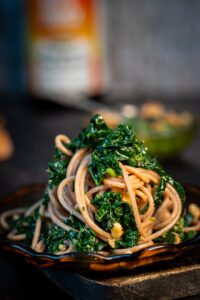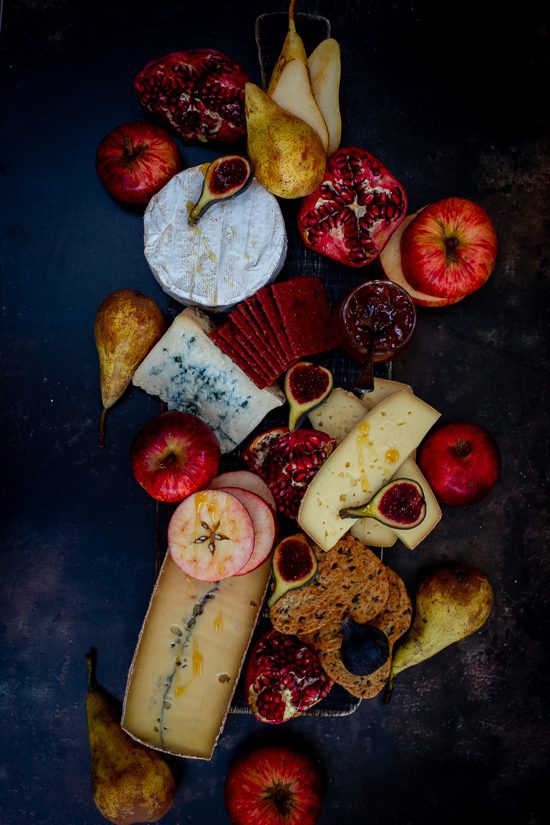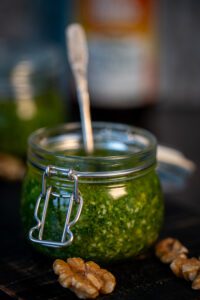
Wholemeal Kale and Walnut Spaghetti with Udo’s Rocket and Walnut Pesto
Pesto is one of those lifesaver ingredients – perfect to have on hand as a versatile addition to countless dishes. Tonight, I’m using it to


Pesto is one of those lifesaver ingredients – perfect to have on hand as a versatile addition to countless dishes. Tonight, I’m using it to

This vibrant, zesty pesto is your secret weapon for quick, delicious meals. Packed with the peppery punch of rocket, fresh parsley, toasted walnuts and a
| Cookie | Duration | Description |
|---|---|---|
| cookielawinfo-checkbox-analytics | 11 months | This cookie is set by GDPR Cookie Consent plugin. The cookie is used to store the user consent for the cookies in the category "Analytics". |
| cookielawinfo-checkbox-functional | 11 months | The cookie is set by GDPR cookie consent to record the user consent for the cookies in the category "Functional". |
| cookielawinfo-checkbox-necessary | 11 months | This cookie is set by GDPR Cookie Consent plugin. The cookies is used to store the user consent for the cookies in the category "Necessary". |
| cookielawinfo-checkbox-others | 11 months | This cookie is set by GDPR Cookie Consent plugin. The cookie is used to store the user consent for the cookies in the category "Other. |
| cookielawinfo-checkbox-performance | 11 months | This cookie is set by GDPR Cookie Consent plugin. The cookie is used to store the user consent for the cookies in the category "Performance". |
| viewed_cookie_policy | 11 months | The cookie is set by the GDPR Cookie Consent plugin and is used to store whether or not user has consented to the use of cookies. It does not store any personal data. |
A lack of sleep can create a vicious cycle of poor lifestyle choices. Energy levels, motivation and will power can be left wanting after a
What is Health Coaching? Health coaching is a profession based on supporting clients in a holistic and integrated manner. Health coaching promotes proactive health which
Whatever your goal in the gym, you won’t be able to neglect your diet for too long. It’s quite evident that what you eat has
What is Epigenetics? Put simply, epigenetics is the study of mechanisms that switch on or off our genes. These mechanisms are hugely influenced by our

At IINH, our graduates are very important to us and we wish to create a space where they can continue on their journey with us and know they have our full support and guidance in reaching their end goals.